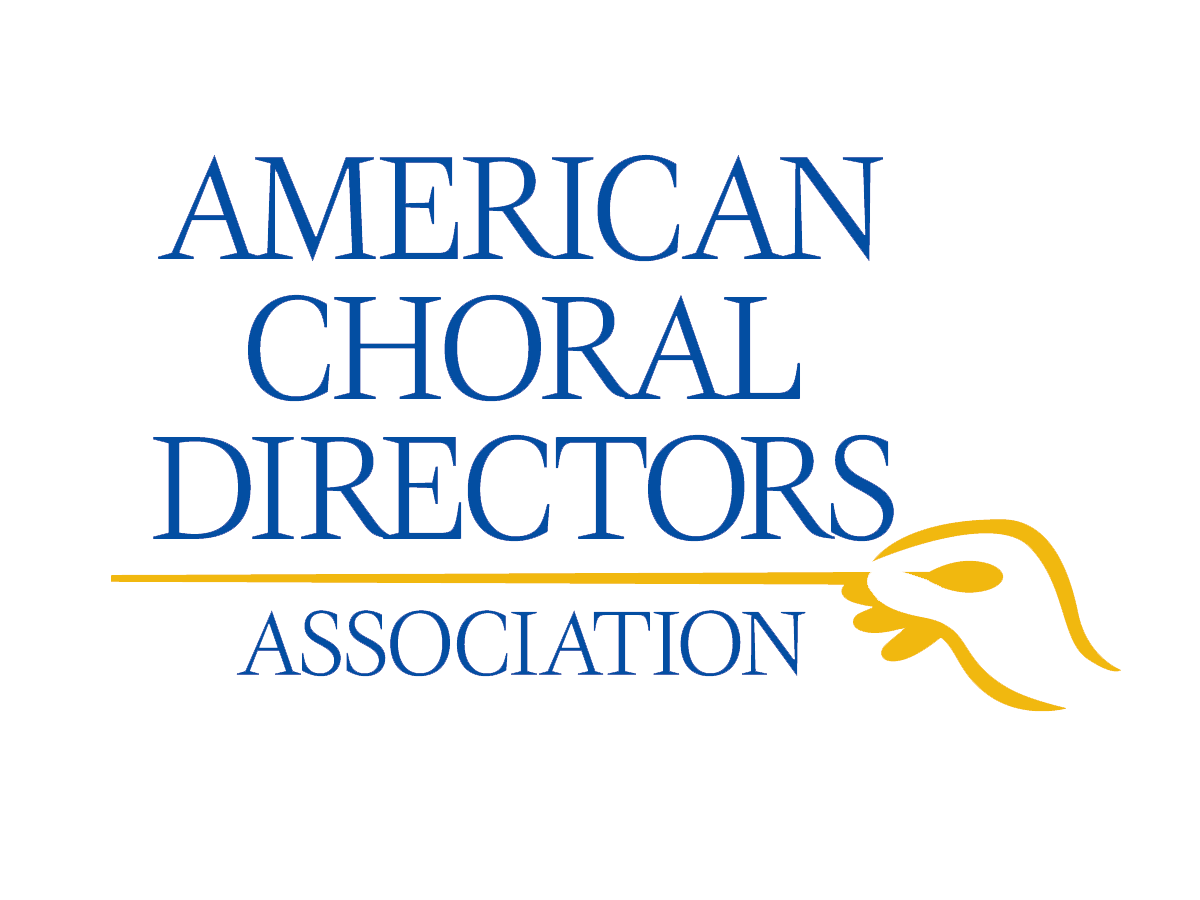Sacred music from Christian perspectives has been sung in public schools since the inception of music programs, but students would benefit from singing sacred music from a broad spectrum of religious traditions. Music vendors, key stakeholders in marketing and selling music selections to United States music educators and their students, commonly use the term sacred in categorizing music to promote sales. The purpose of this content analysis was to investigate the language editors of a prominent choral-music retailer used to market sacred music selections to school choral educators. Four questions guided my research of the 2021-2022 J. W. Pepper school choral catalog: (1) how did editors use religious language, (2) how did editors describe styles, periods, and the printed language(s) of the text, (3) how did editors indicate educational use, and (4) what might be learned from editors’ descriptions? I coded all 356 selections and descriptions categorized by the editors in the subcategory Sacred Concert & Spirituals. Across non-exhaustive categories, editors used religious language in 90 descriptions, specified style in 183, specified a historical period in 46, specified the language(s) of the text in 84, and invoked educational language in 112. Findings reinforced Christianity as a dominant religion in United States public school choral music. Choral educators and music vendors should reflect on whose religious beliefs are reflected in school concerts and published sacred music categories, broadening sacred music to be more inclusive.
You are here: Home / IJRCS / Sacred Concert and Spirituals Selections in a 2021-2022 School Choral Catalog


